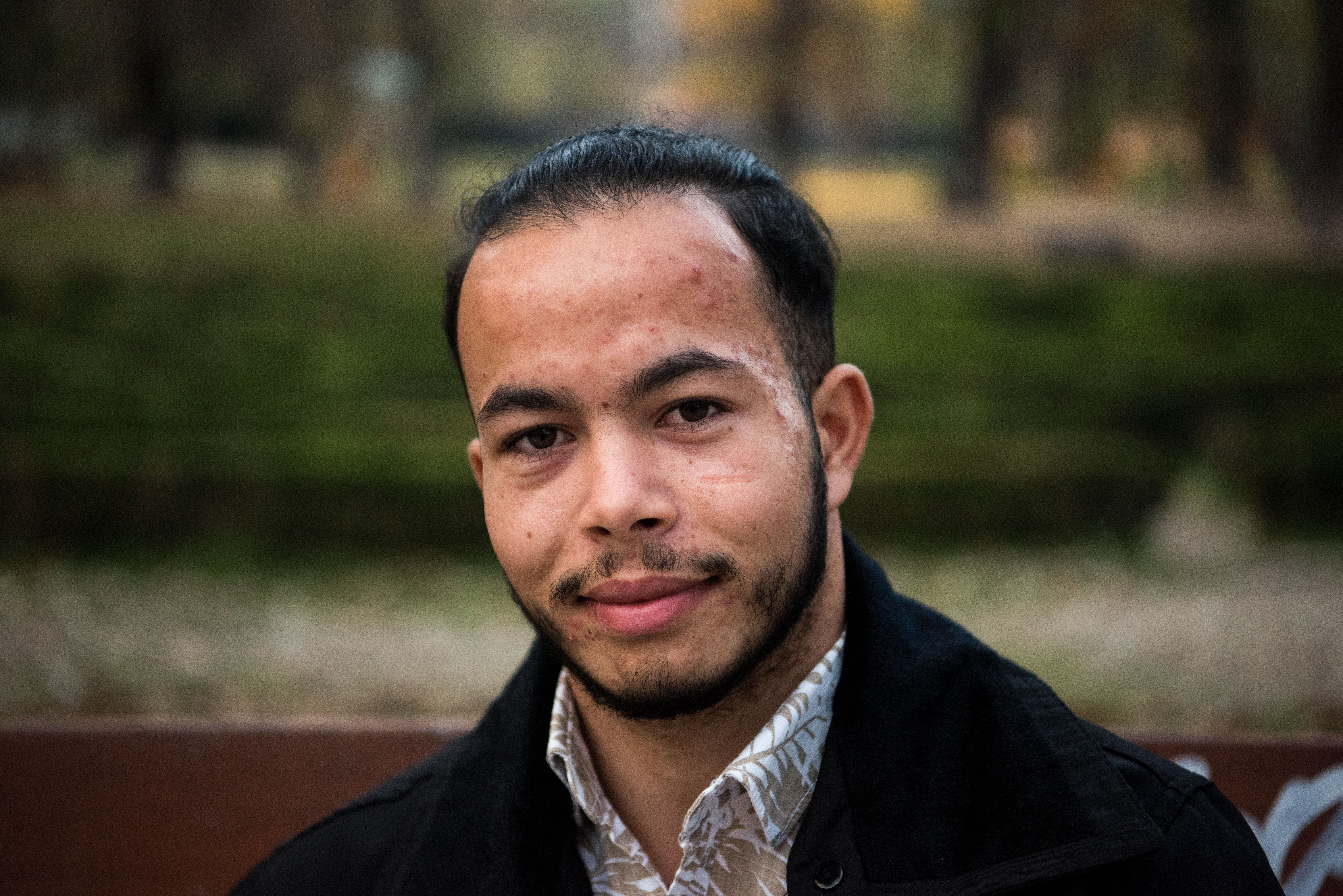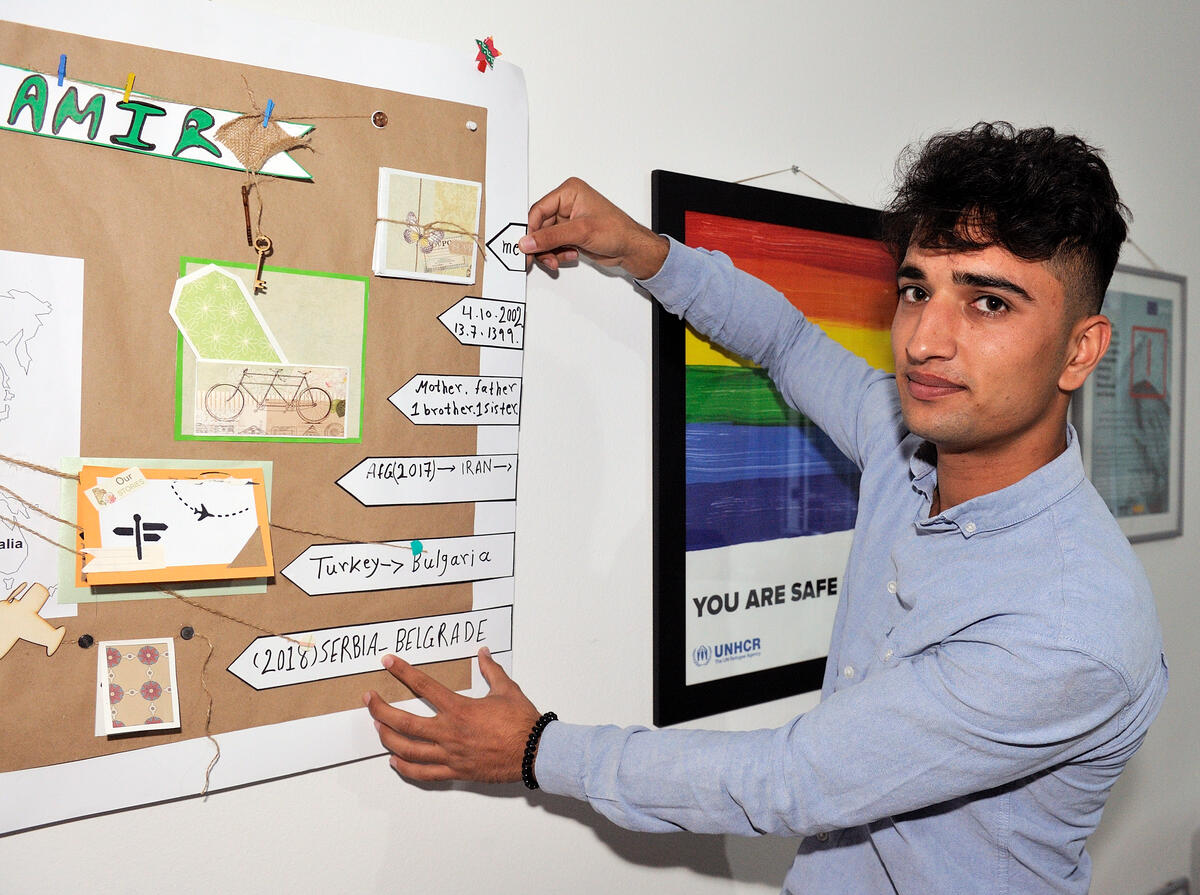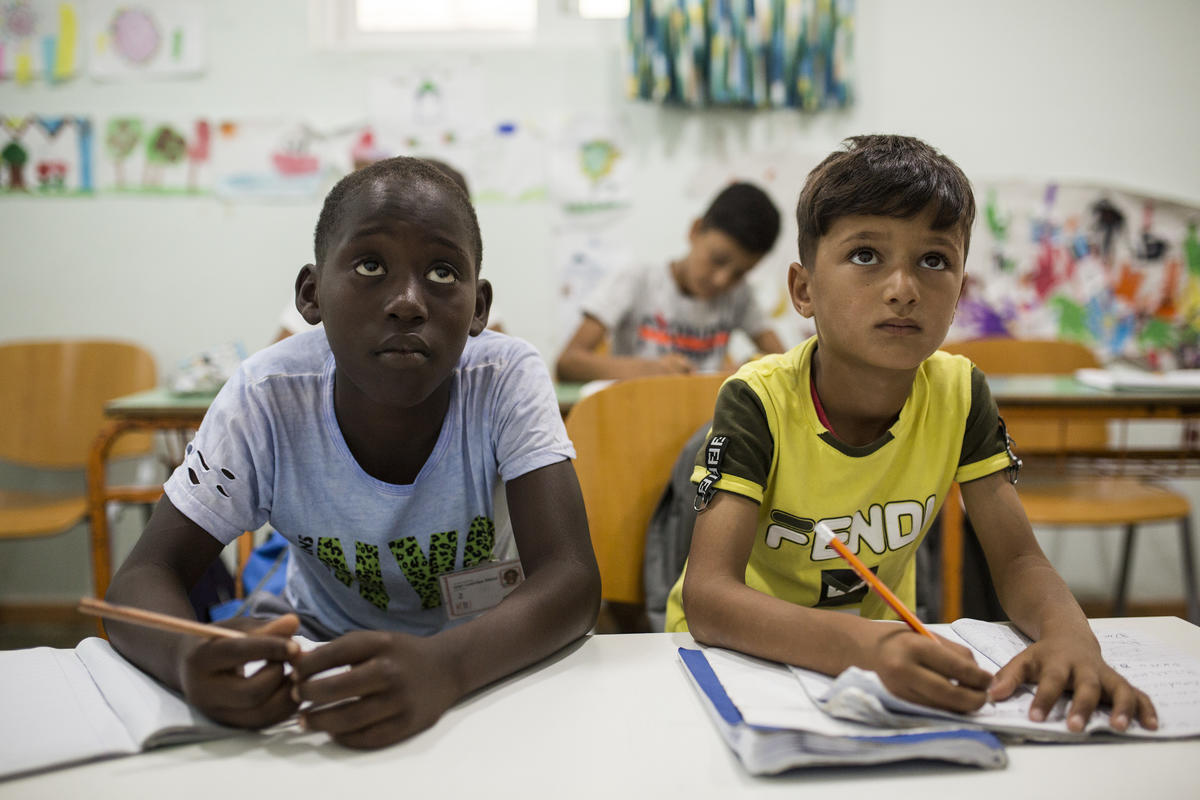Kosovo Crisis Update
Kosovo Crisis Update
Albania
On Monday, more than 1,400 refugees arrived at the Morini border crossing, including a further 216 released prisoners from Smrekrovnica prison in Kosovska Mitrovica in northern Kosovo.
As the refugees were coming in, two shots were fired across the border, the bullets coming close to UNHCR staff on duty.
Monday's arrivals brought to 6,000 the number of Kosovars who had entered Albania over the past four days. Before that, the influx had slowed to a trickle for a week.
Meanwhile, the organized relocation of refugees from temporary camps in Kukes to southern Albania using NATO vehicles started Tuesday morning. Eighty five refugees - part of the 200 planned to be moved during the day - were transported in the morning on 10 NATO trucks to Camp Hope, a few kilometres from Fier in southern Albania. The trip takes seven to nine hours.
Camp Hope, built by the American military, will eventually have a capacity of some 20,000 refugees. It currently holds 3,000 refugees.
On Sunday, about 1,900 refugees were transported on 40 buses and seven trucks and tractor-wagons to the south from Kukes.
As the influx into Albania goes on, construction of tented camps and communal shelters continues. There are now 49 tented camps in 12 prefectures in Albania, including 16 which have been completed and 33 which are still under construction. In addition, 287 communal centres have been registered, of which 128 are now occupied and the rest are in various stages of completion. Of the 440,000 refugees in Albania, more than 81,000 are in tented camps and around 73,000 are in communal centres - sport centres, schools and public buildings. The rest of the refugees - more than a quarter of a million people - are staying with host families.
As facilities operated on a bilateral basis are being handed over to UNHCR, its staff are attempting to provide a sustainable standard of assistance in all the camps and refugee centres. Over the past week, UNHCR has signed six agreements worth $3 million to accelerate response to emergency needs. So far, 31 projects are in place, covering distribution of basic and complementary food and such items as blankets, mattresses, sleeping bags, jerry cans and plastic sheets. Other projects include improvement of water, sanitation and health services.
UNHCR has started the first distribution of the new standard food basket in the camps and collective centres. New agreements with bakeries have been signed for bread production. The Red Cross is gradually taking over food distribution to refugees in host families. UNHCR is also making efforts to coordinate other assistance to host families, including a "cash for shelter programme" by the Swiss government initially for 6,500 families.
Planning for winterization continues. A team of Albanian engineers has assessed potential collective buildings that could house 20,000 refugees during winter.
FYR of Macedonia
Two trains and 13 buses offloaded more than 8,500 refugees at the FYR of Macedonia border on Monday. After some delays, police agreed to move refugees from the border and the Blace holding area to camps. The majority of the arrivals were transported to the Stenkovec and Cegrane camps and the rest remained at the holding area.
Registration of the arrivals went very quickly, witnessed during the evening by visiting British and American delegations and the FYR of Macedonia Minister of Interior, along with UNHCR staff.
The refugees came mostly from Pristina, Urosevac and Vitina. They said Serbian forces were conducting a systematic "ethnic cleansing" operation in these areas. Many said they originally came from Podujevo, the strategic town along the Pristina-Belgrade road, and they claimed massacres have taken place in their villages. Yugoslav troops have been conducting an offensive against the Kosovo Liberation Army in the Podujevo region since December of last year.
Thousands more refugees were reported to be on the Serbian side of the border, waiting to cross into the FYR of Macedonia. Many others are reported to be heading towards the frontier from the interior of Kosovo. UNHCR staff and government officials braced for another massive wave of arrivals on Tuesday.
Republic of Montenegro
Although more than 200 displaced Kosovars managed to cross into Montenegro on 21/22 May, there were virtually no arrivals on the 23rd. No information is available yet concerning any border crossings on 24 May.
Those who came in over the weekend were from villages in Istok. They said they left their homes in late March before the NATO bombing campaign and went to the nearby mountains, staying in shepherds' shelters. But in mid-May, military reservists surrounded the area, seized food reserves and questioned the men. The men were later released and the displaced people were trucked by the military to Rozaje.
UNHCR and UNICEF met with Kosovar teachers and the director of the Dekor factory in Rozaje to discuss possible sites for school tents. The factory has offered land where a school could be set up.
UNHCR-IOM Humanitarian Evacuation Programme
A total of 1,142 refugees left from the FYR of Macedonia under the humanitarian evacuation programme on Monday May 24. They went to Italy, the Netherlands, Norway, Sweden and the United Kingdom. So far, more than 62,000 refugees have departed under the programme in which UNHCR has received offers for 135,000 places in 39 countries.








